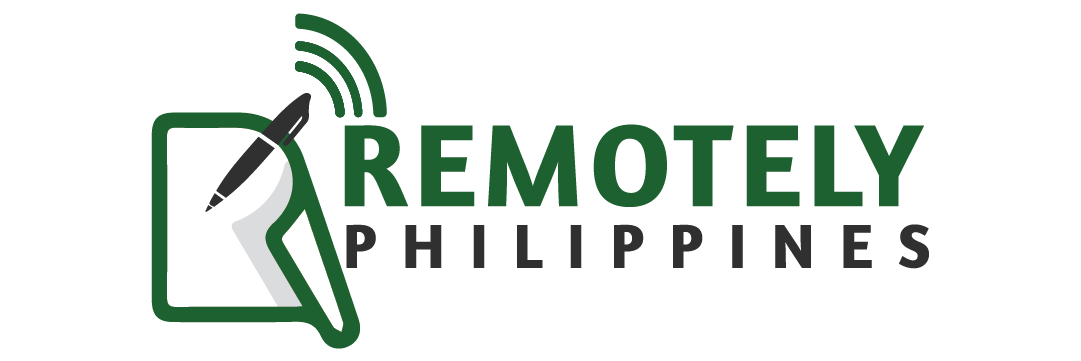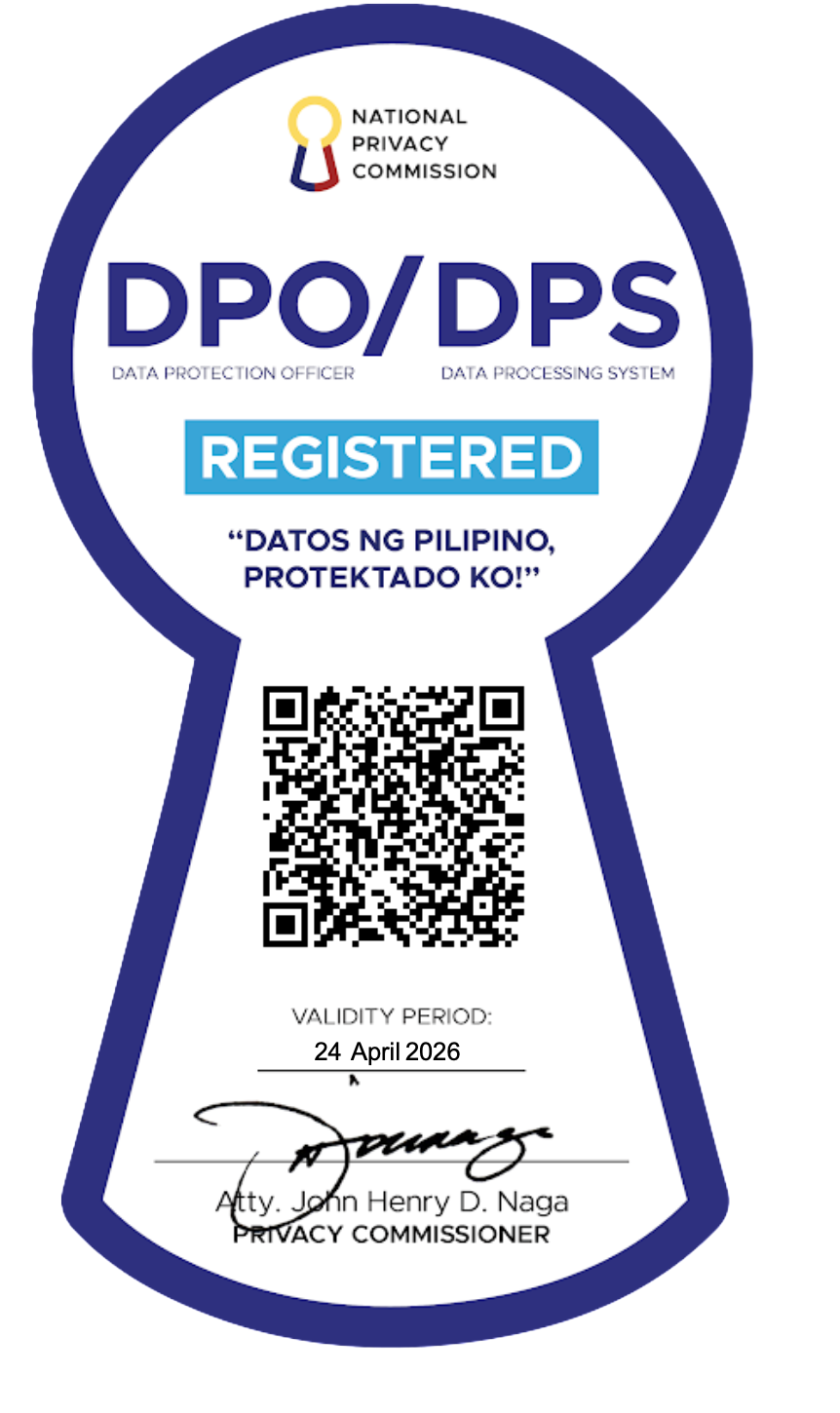What forces are transforming financial auditing from a backward-looking compliance check into a forward-looking strategic function?
In today’s interconnected economy, the audit profession is being reshaped by three converging forces: (1) technological innovation, (2) the rise of environmental, social, and governance (ESG) assurance, and (3) a constantly evolving regulatory environment.
These changes are not incremental — they are redefining what it means to be an auditor. No longer confined to validating past transactions, auditors are now expected to deliver real-time insights, predictive risk management, and transparent reporting that stakeholders can trust.
This article explores how each of these forces is influencing the profession, why their impact is interconnected, and what steps audit leaders can take to stay ahead.
Key Takeaways
- AI and blockchain are transforming audit processes by enabling full-population data analysis, real-time anomaly detection, and continuous auditing.
- ESG assurance is becoming a core audit service, with investor and regulatory demand driving verified sustainability reporting.
- Regulatory change remains a constant wildcard, especially in non-financial risk oversight, AI governance, and digital assets.
- Data readiness and system integration are critical for successfully adopting audit technology.
- The auditor’s role is expanding beyond compliance to strategic advisory, risk anticipation, and sustainability validation.
1. Technology as a Catalyst: AI and Blockchain in Audit
From Sampling to Full-Population Analysis
The digital revolution has unlocked capabilities that were once unthinkable in auditing. Artificial intelligence (AI) and blockchain allow auditors to move beyond traditional sampling to analyze entire datasets, improving accuracy and enabling deeper insight.
The Scientific Research Publishing study on AI and blockchain in financial audits found that firms leveraging these tools can detect anomalies faster, improve fraud detection rates, and significantly reduce manual testing hours. This capability transforms the auditor’s role from being primarily a verifier of past events into a proactive risk assessor capable of shaping forward-looking business decisions.
AI: Automating, Analyzing, and Anticipating
AI is no longer just a tool for efficiency — it’s a strategic enabler. It automates labor-intensive tasks such as data entry, transaction reconciliation, and variance analysis, freeing audit teams to focus on judgment-intensive areas like control evaluation and strategic risk assessment.
Machine learning models excel at scanning millions of transactions to spot irregularities that traditional sampling could miss. Over time, they learn from historical patterns, enabling auditors to predict emerging risks.
Example: A firm recently deployed an AI-driven audit platform for a global retailer, analyzing 100% of transactions across 14 countries. This not only reduced fraud detection time by 60% but also uncovered operational inefficiencies worth $12M in potential savings — a finding that extended the value of the audit far beyond compliance.
(This is purely illustrative and is not based on any actual events, individuals, or organizations.
Any resemblance to real situations or entities is purely coincidental and unintentional.)
In sustainability reporting, AI streamlines Scope 3 carbon accounting, processes unstructured supplier data, and ensures disclosures meet global reporting standards. This automation reduces human error, accelerates reporting timelines, and enhances the comparability of ESG disclosures across reporting periods.
Blockchain: Immutable Audit Trails
While AI powers insight, blockchain ensures trust and transparency. As the International Accounting Bulletin notes, blockchain’s tamper‑proof distributed ledger creates an immutable record of every transaction, drastically lowering the risk of data manipulation.
Smart contracts — self‑executing programs embedded within the blockchain — can automatically apply verification rules to transactions. This allows auditors to identify exceptions in near real‑time, reducing reliance on slow third‑party confirmations.

A simulation study found that this approach enables earlier detection of anomalies, helping auditors prioritize their time on higher‑risk areas. Deloitte also points to blockchain’s potential to enable continuous auditing — where certain assurance activities run throughout the year rather than being limited to year‑end.
This evolution could significantly compress audit cycles, improve responsiveness, and enhance the overall quality of assurance. Blockchain’s distributed nature also increases resilience. In the event of a cyberattack or system outage, multiple verified copies of the ledger remain accessible across the network, protecting the integrity and availability of financial records.
Overcoming Integration Challenges
Despite the promise, integrating AI and blockchain into existing systems is not without hurdles. Legacy platforms may lack compatibility, requiring costly system upgrades or middleware solutions. Data governance is another sticking point: without clean, well-structured, and properly tagged data, AI’s effectiveness drops significantly.
Successful adoption often demands a cultural shift within the audit function, where technology is embraced not as a threat to traditional expertise but as an amplifier of professional judgment. This shift requires training, change management, and clear communication about the benefits to both internal teams and clients.
2. ESG Assurance: The New Pillar of Corporate Accountability
Why ESG Is Now a Mainstream Audit Priority
ESG reporting is no longer optional. Investors, regulators, and customers increasingly demand verified sustainability performance alongside financial disclosures. These metrics influence investment decisions, brand reputation, and even credit ratings.
Between 2020 and 2021, the number of S&P 500 companies obtaining ESG assurance from public company auditors rose nearly 40% (The Center for Audit Quality), underscoring a market shift toward verified ESG data. This trend is expected to accelerate as global regulatory frameworks like the ISSB Standards and the EU’s Corporate Sustainability Reporting Directive (CSRD) take effect.
The Auditor’s Expanded Role
Auditors can now examine non-financial data with the same rigor applied to financial statements. This includes testing ESG data collection systems and controls, verifying environmental metrics such as emissions and resource use, and reviewing governance disclosures from executive pay to anti-corruption policies.
Example: A manufacturing client engaged auditors to validate their ESG claims ahead of a public bond issuance. The verified ESG score led to a lower interest rate on their green bond issuance, directly impacting profitability and strengthening investor confidence.
(This is purely illustrative and is not based on any actual events, individuals, or organizations.
Any resemblance to real situations or entities is purely coincidental and unintentional.)
Public company auditors excel here due to their expertise in assurance standards, independence requirements, and ability to integrate subject matter experts (Thomson Reuters).
The ESG Data Challenge
ESG data often comes from disparate sources — utility bills, HR records, supply chain reports — making it difficult to standardize and verify. This challenge is compounded by differences in regional reporting requirements and the qualitative nature of many social metrics.
Here again, AI offers solutions. AI-powered platforms can aggregate, cleanse, and analyze ESG data in real time, identify inconsistencies, and prepare compliance-ready reports for frameworks like ISSB, GRI, or CSRD.
This not only improves reporting quality but also shortens the time from data collection to disclosure, giving stakeholders more timely insights. But tools alone aren't enough.
Having the right partner — one that understands both ESG frameworks and audit readiness — can make all the difference. A trusted outsourcing provider can help ensure your reporting processes are aligned, your documentation is complete, and your team isn’t overwhelmed by the operational lift.
This collaborative support enables your organization to focus on long-term sustainability strategy while meeting today's compliance demands.
3. Regulation: The Constant Wildcard in Auditing
Political and Supervisory Shifts
Regulatory priorities shift with political cycles. New administrations may tighten oversight in some areas while relaxing it in others. Regardless of these shifts, organizations must maintain robust governance, risk, and compliance programs to avoid penalties and reputational damage.
Non-Financial Risks Under the Microscope
Supervisors are now focusing more on non-financial risks such as operational resilience, cybersecurity, and AI governance.
Example: A global bank faced increased scrutiny after deploying an AI loan-approval model without sufficient bias controls. Regulatory intervention forced a system overhaul, delaying product rollout by six months and highlighting the need for early compliance alignment in AI deployments.
(This is purely illustrative and is not based on any actual events, individuals, or organizations.
Any resemblance to real situations or entities is purely coincidental and unintentional.)
The Deloitte Financial Services Regulatory Outlook emphasizes that the governance of AI is now a regulatory concern in its own right, requiring organizations to document AI model logic, ensure fairness, and monitor for unintended bias.
Digital Assets and Compliance Complexity
Emerging technologies like digital assets bring both opportunity and uncertainty. The US SEC’s recent rescinding of Staff Accounting Bulletin 121 — which required custodians to treat each digital asset as a liability — highlights how quickly compliance expectations can change.
Fragmented rules across jurisdictions make proactive regulatory engagement critical for anticipating and influencing policy developments. For multinational organizations, inconsistent requirements across markets can create costly duplication of compliance efforts unless governance frameworks are designed to be flexible and globally adaptable.
FAQs
List of Services
-
1. How is AI changing the audit process?List Item 1
AI automates repetitive audit tasks, analyzes full datasets instead of samples, and uses predictive analytics to detect potential risks before they become issues. This improves efficiency, accuracy, and the strategic value of audits.
-
2. What role does blockchain play in auditing?List Item 2
Blockchain provides a secure, tamper-proof ledger of transactions, improving transparency and trust. It can enable continuous auditing and reduce reliance on manual verification processes.
-
3. Why is ESG reporting important for auditors?List Item 3
ESG reporting impacts investor decisions, brand reputation, and compliance. Independent assurance from auditors enhances credibility and ensures disclosures meet regulatory standards.
-
4. What are the biggest challenges in adopting AI and blockchain for audits?List Item 4
Common challenges include legacy system integration, data quality issues, and the need for new skill sets. Effective change management and governance frameworks are essential.
-
5. How can companies prepare for shifting audit regulations?
Organizations should embed compliance into their strategy, stay updated on regulatory priorities, and design adaptable governance structures that work across jurisdictions.
Conclusion: The Resilient and Evolving Auditor
The convergence of AI, ESG, and regulatory change is redefining the audit profession. Auditors are no longer just fact-checkers; they are strategic advisors guiding organizations through technological adoption, sustainability reporting, and compliance agility.
Firms that adapt quickly, collaborate effectively, and think beyond compliance will lead the next chapter of auditing — one defined by trust, transparency, and forward-looking value creation.
At Remotely Philippines, we partner with organizations to navigate these shifts with clarity and confidence, helping them turn disruption into an opportunity for growth. If you want to explore how these forces could reshape your assurance strategy and position your business for long-term trust and competitive advantage, let’s start a conversation today.
Sign up for our newsletter
Get regular curated content on management, outsourcing, and everything you need to know to stay ahead of the curve.









